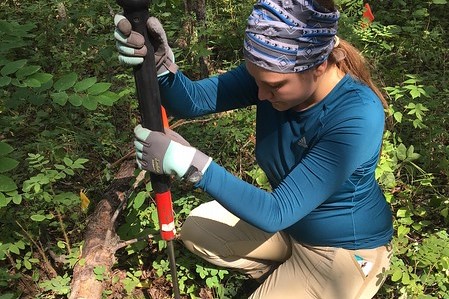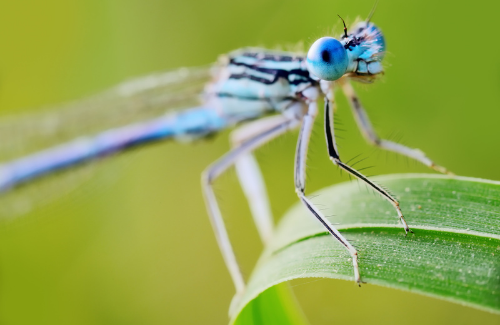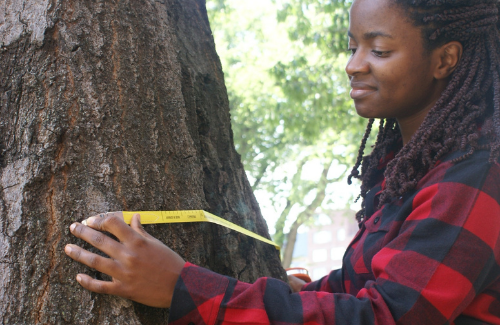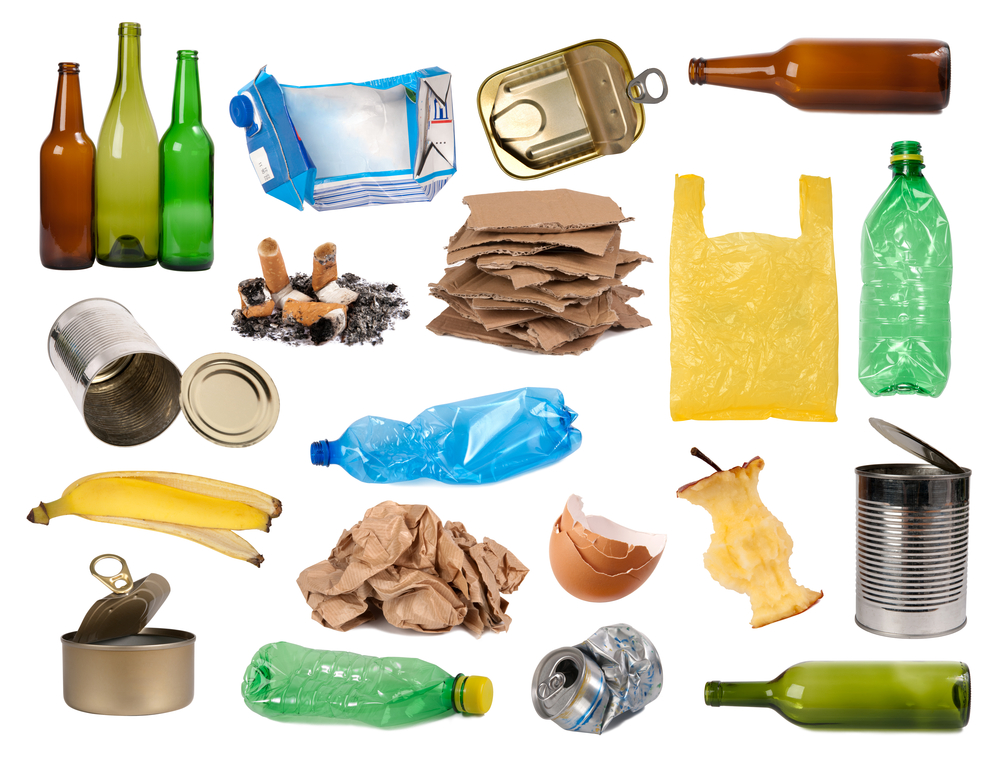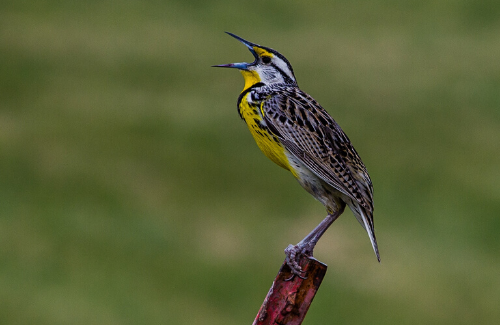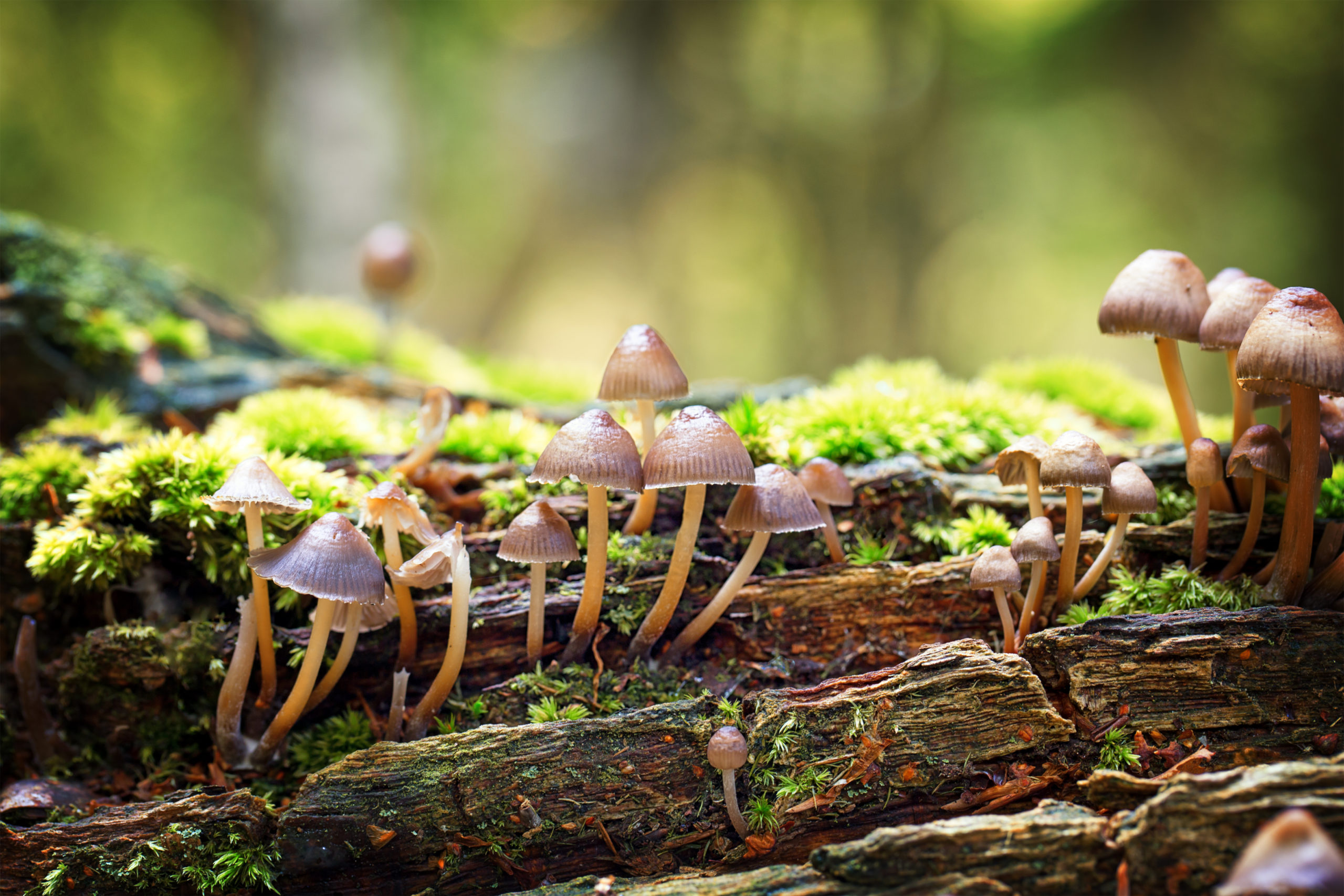June 9, 2022 | By Project Learning Tree | STEM Strategy
Investigate how animals living in our backyards or schoolyards get what they need to survive and explore habitats nearby. These enrichments for a PLT activity, Backyard Safari, model the practices of a biologist by collecting and analyzing data and a
December 1, 2021 | By Mark Haskell | STEM Strategy
Use your senses to investigate nearby environments. These enrichments for a new PLT activity, Get Outside!, model the practices of a real scientist by collecting and analyzing data and applying comparison and reflection skills to interpret research findings.
September 16, 2021 | By Mark Haskell | STEM Strategy
Challenge students to use their creative skills to define a habitat, investigate related species, engineer a wildlife corridor, and manipulate an interactive model to demonstrate population growth.
June 4, 2021 | By Mark Haskell | Educator Tips, Greening Schools, STEM Strategy
World Oceans Day (June 8) is the perfect time to explore the water cycle. Take PLT’s Water Wonders activity a step further with these STEM-focused ideas. Students will learn more about the importance of water conservation, how we use and engineer water, and they’ll discover some water-focused careers.
March 12, 2021 | By Mark Haskell | STEM Strategy
Big trees are amazing! While the height of tall trees can be difficult to comprehend, the diameter is something a bit more tangible to try and get your “arms around.” Use these STEM strategies to investigate the science of measurement, engineered wood, and the value of Pi.
December 4, 2020 | By Mark Haskell | STEM Strategy
What measurable effect does a visit to a favorite park or green space have on you? These STEM enrichment ideas for one of PLT’s popular activities will take your students outdoors to learn more about a local park or open space near them, and how they might conduct a scientific research experiment to determine the ways in which being outside can improve a person’s mood, health, and wellness.
July 30, 2020 | By Mark Haskell | STEM Strategy
When you hear the word “pollution,” what type of pollution do you think about? Knowing the characteristics of each of the five types of pollution, and what you can do to reduce the amounts, can make a positive difference for the environment.
April 7, 2020 | By Mark Haskell | STEM Strategy
Have students discover the birds living in their backyard or on their block by using their sense of hearing with these STEM activities. How many unique bird species can you identify using only their song?
October 31, 2019 | By Mark Haskell | STEM Strategy
Decomposers live off dead material and recycle nutrients into the soil for reuse by plants. These STEM activities teach students about producers, consumers, and decomposers.
August 8, 2019 | By Mark Haskell | STEM Strategy
Students identify some of their favorite and essential products that come from a renewable resource—trees!—and research how they are manufactured.


